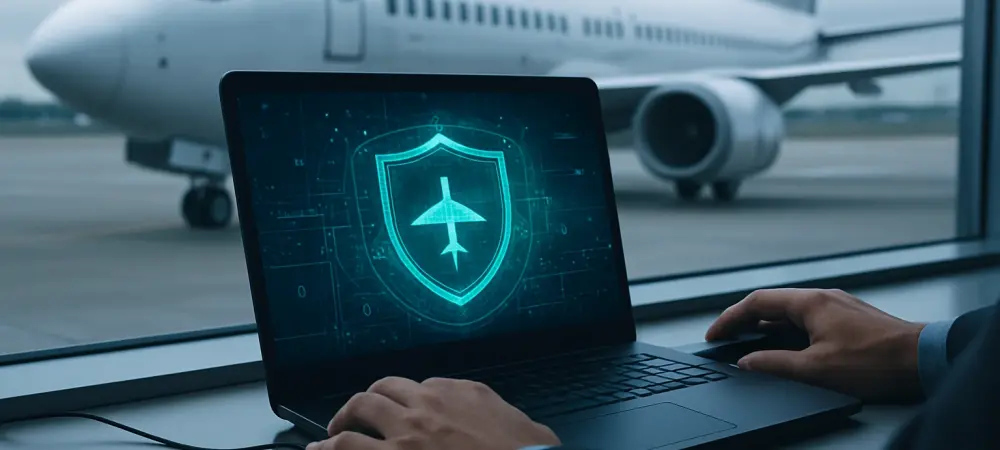Late on a Sunday evening, a sudden technological failure brought Alaska Airlines to a standstill, grounding all mainline aircraft and affecting thousands of travelers across the United States. This operational halt, although not a cyberattack, underscored the profound implications that technological vulnerabilities can have on modern aviation. Occurring during peak commuting hours and extending into Monday morning, the disruption highlighted the potential fragility of the airline industry’s digital infrastructure.
A Closer Look at the Technological Breakdown
In an era where airlines function as digital-first entities, the reliance on integrated systems for flight operations, crew scheduling, and maintenance has never been higher. Alaska Airlines’ recent struggles, coupled with this operational halt, offer a telling glimpse into the vulnerabilities at play. An earlier software glitch this year disrupted weight and balance calculations, further demonstrating the delicate balance airlines maintain in their tech-reliant ecosystems. The incident at Alaska Airlines draws attention to the sector’s need for robust digital safeguards.
Unearthing Expert Insights on System Weaknesses
Security experts emphasize that airline systems are increasingly targets for sophisticated cyber threats, mirroring disruptions usually observed through compromised digital infrastructures. The disruption seen at Alaska Airlines echoes previous instances that the FBI has warned about, where unexpected failures could easily become doorways for malicious intentions. It is recognized industry-wide that the convergence of operational technology and digital networks necessitates fortified defenses to prevent potential risks from escalating.
Engaging Discussions on Cybersecurity in Aviation
Industry gatherings have consistently brought cybersecurity into sharp focus, emphasizing the need for enhanced protocols and improved resilience against potential threats. Panel discussions consistently underline a shared consensus: protecting aviation’s digital backbone is pivotal for ensuring safe and smooth operations. Both airlines and associated technology stakeholders are urged toward greater collaboration and coordinated strategies to safeguard against looming threats.
Workshops Highlight Crisis Management Techniques
Workshops focusing on crisis management during such disruptions have become critical learning grounds. Engaging activities provide participants with real-time scenarios, equipping them with strategies to anticipate and mitigate risks effectively. These sessions, which actively involve more professionals each year, play an essential role in strengthening industry-wide response capabilities to digital interruptions.
Showcasing Advances in Cybersecurity Technology
In the realm of technological advancements, recent showcases have highlighted cutting-edge tools designed to enhance aviation security. From sophisticated network monitoring systems to innovative authentication protocols, these technologies represent the industry’s forward march toward digital fortification. Exhibitions allow industry leaders to explore and adopt innovations that ensure continuous safeguarding of aviation systems.
Envisioning a Secured Future for Aviation Cybersecurity
The Alaska Airlines incident has highlighted a critical necessity for the aviation industry to address its digital vulnerabilities and fortify its infrastructures. The ongoing advancements within the industry urge airlines to adopt comprehensive cybersecurity frameworks akin to those implemented in other essential sectors. As governmental cybersecurity resources experience constraints, a proactive approach within the private sector becomes vital for establishing resilient defenses. The path forward hinges on adopting robust cybersecurity measures, forming strategic alliances among stakeholders, and investing in technology that bolsters defenses against unforeseen technological disruptions.

